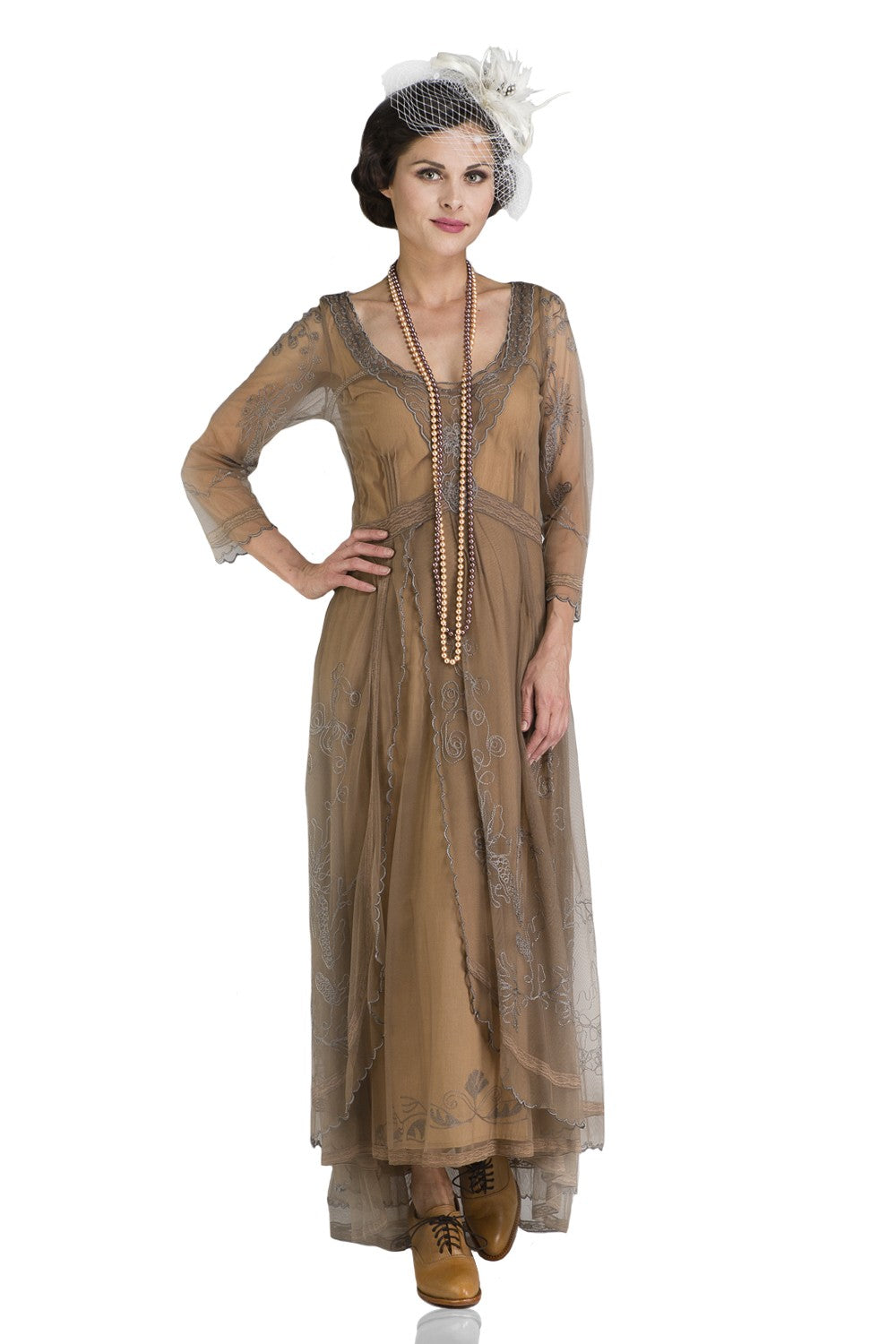Victorian Era Cycling Fashion
During the Victorian Era, men and women didn’t have automobiles. Instead, many turned to the bicycle, a revolutionary device that required minimal effort but allowed people to travel long distances. Like all activities during the Victorian Era, however, the rise of the Victorian Era cycling was heavily scrutinized. There were a number of social norms that had to be followed if one was to ride a bike in public.
Cycling and the Victorian Era
Although rudimentary versions of the bicycle have been around since the dawn of time, it wasn’t until the 1800s that true advances were made in cycling technology. In 1816, a German engineer created what was referred to as a “dandy horse.” These devices featured two large wheels in the back (which were powered by foot pedals) and a smaller wheel in the front which was attached to a handlebar for steering. While functional, these devices were incredibly expensive and seen as nothing more than a toy that only extremely wealthy people could afford. In 1870, however, a two-wheeled design took center stage. Called “The Ordinary,” these early bicycles featured an exceptionally large wheel in the front and a smaller wheel in the rear. A more affordable three-wheeled bicycle was also introduced to the public around this time period. It was utilized by the masses, although it was not as popular as its two-wheeled counterpart. It wasn’t until the 1890s that bicycles began to resemble the ones that we ride today. Tandem bicycles were also incredibly popular during this decade, as they made it easy to travel far distances with friends.
Victorian Cycling Attire
Because the act of cycling also encouraged women to wear bloomers instead of traditional undergarments, many critics saw bike riding as an “obscene act” that no dignified woman would willingly partake in. While some ladies were bold enough to wear bloomers, most opted instead for the three-wheeled bicycle, which was able to easily accommodate the presence of large skirts. Another challenge for Victorian Era cycling - aside from their attire - was looking “ladylike” while riding. Obsessed with appearances, it was considered “masculine” for a Victorian woman to work up a sweat or even breathe heavily in public. It’s for these many reasons that although bike riding was a popular pastime, it was one enjoyed almost exclusively by men during much of the Victorian Era. Women were not alone when it came to keeping up appearances while riding a bicycle. Men also needed clothing that was comfortable enough for exerting energy but also respectable enough to maintain his status in society. As you can imagine, wearing a heavy suit while riding a bike on a hot summer day was incredibly uncomfortable. In 1890, men’s cycling suits were invented, which were made of lightweight materials but still featured a jacket and a tie. Male athletes at the turn of the century would eventually wear clothing that resembled modern day shorts and t-shirts - but even those garments were highly contested. Many publications considered these cycling uniforms far to “scanty” and “bare” for men to wear in the public arena.
Karen is a skilled copywriter with experience in multiple niches, including fashion, digital marketing, and tech. She has a passion for crafting compelling content that informs and inspires. When she’s not writing, she enjoys reading, playing with her dog, and gardening.





















Leave a comment